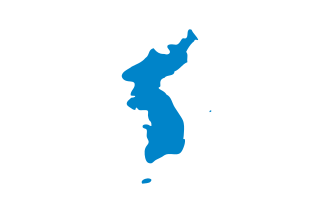
Korea is a peninsular region in East Asia. Since 1945, it has been divided at or near the 38th parallel, now known as the Korean Demilitarized Zone. In 1948, two states declared independence, both claiming sovereignty over all of Korea: South Korea comprising its southern half and North Korea comprising its northern half. The region consists of the Korean Peninsula, Jeju Island, and minor islands near the peninsula. The peninsula is bordered by China to the north and Russia to the northeast, across the Amnok and Duman rivers. It is separated from Japan to the southeast by the Korea Strait.

Korean is the native language for about 81 million people, mostly of Korean descent. It is the national language of both North Korea and South Korea.

South Korea, officially the Republic of Korea (ROK), is a country in East Asia. It constitutes the southern part of the Korean Peninsula and borders North Korea along the Korean Demilitarized Zone; though it also claims the land border with China and Russia. The country's western border is formed by the Yellow Sea, while its eastern border is defined by the Sea of Japan. South Korea claims to be the sole legitimate government of the entire peninsula and adjacent islands. It has a population of 51.96 million, of which half live in the Seoul Capital Area, the ninth most populous metropolitan area in the world. Other major cities include Busan, Daegu, and Incheon.

Incheon International Airport is the main international airport serving Seoul, the capital of South Korea. It is also one of the largest and busiest airports in the world.

Jeju Province, officially Jeju Special Self-Governing Province, is the southernmost province of South Korea, consisting of eight inhabited and 55 uninhabited islands, including Mara Island, Udo Island, the Chuja Archipelago, and the country's largest island, Jeju Island. The province is located in the Korea Strait, with the Korean Peninsula to the northwest, Japan to the east, and China to the west. The province has two cities: the capital Jeju City, on the northern half of the island and Seogwipo, on the southern half of the island. The island is home to the shield volcano Hallasan, the highest point in South Korea. Jeju and Korean are the official languages of the province, and the vast majority of residents are bilingual.
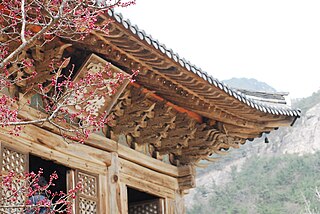
North Jeolla Province, officially Jeonbuk State, is a Special Self-governing Province of South Korea in the Honam region in the southwest of the Korean Peninsula. Jeonbuk borders the provinces of South Chungcheong to the north, North Gyeongsang and South Gyeongsang to the east and South Jeolla to the south.

Jeju City is the capital of the Jeju Province in South Korea and the largest city on Jeju Island. The city is served by Jeju International Airport.
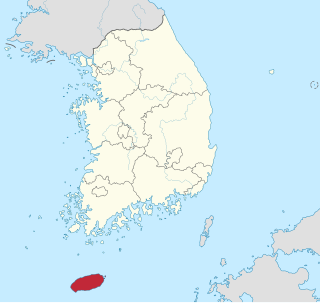
The Jeju uprising, known in South Korea as the Jeju April 3 incident, was an uprising on Jeju Island from April 1948 to May 1949. A year prior to its start, residents of Jeju had begun protesting elections scheduled by the United Nations Temporary Commission on Korea (UNTCOK) to be held in the United States-occupied half of Korea, which they believed would entrench the division of the country. A general strike was later organised by the Workers' Party of South Korea (WPSK) from February to March 1948. The WPSK launched an insurgency in April 1948, attacking police and Northwest Youth League members stationed on Jeju who had been mobilized to suppress the protests by force. The First Republic of Korea under President Syngman Rhee escalated the suppression of the uprising from August 1948, declaring martial law in November and beginning an "eradication campaign" against rebel forces in the rural areas of Jeju in March 1949, defeating them within two months. Many rebel veterans and suspected sympathizers were later killed upon the outbreak of the Korean War in June 1950, and the existence of the Jeju uprising was officially censored and repressed in South Korea for several decades.

Seogwipo is the second-largest city on Jeju Island, settled on a rocky volcanic coastline in the southern part of Jeju Province, South Korea. In July 2006, Seogwipo's boundaries were expanded to include the entire southern half of Jeju island. A UNESCO World Heritage Site and 2002 FIFA World Cup host, it had a population of 192,566 as of the end of February, 2024.

Hendrick Hamel was a Dutch sailor. He notably provided the first Western account of Korea.
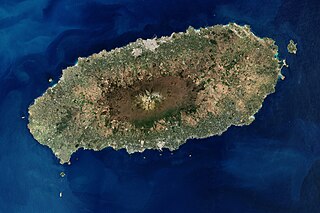
Jeju Island is South Korea's largest island, covering an area of 1,833.2 km2 (707.8 sq mi), which is 1.83% of the total area of the country. Alongside outlying islands, it is part of Jeju Province.
Jeju Air Co., Ltd. (Korean: 제주항공), is the first and largest South Korean low-cost airline. It is also a founding member of the Value Alliance. In addition to air service, the group is also the owner of a Holiday Inn Express in Seoul.
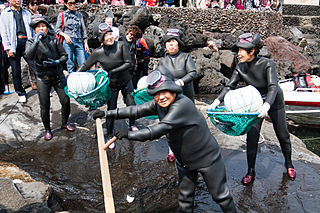
Haenyeo are female divers in the South Korean province of Jeju, whose livelihood consists of harvesting a variety of mollusks, seaweed, and other sea life from the ocean. Known for their independent spirit and determination, haenyeo are representative of the semi-matriarchal family structure of Jeju.

Tourism in South Korea and its industry caters to both foreign and domestic tourists. In 2019, 17.5 million foreign tourists visited South Korea, making it the 20th most visited country in the world. Most non-Korean tourists come from East Asia and North America, such as Taiwan and the United States. The popularity of Korean popular culture, often known as the "Korean Wave", in countries around the world has significantly increased tourist arrivals.

This is a timeline of Korean history.

Eastar Jet is a South Korean low-cost airline with its headquarters in Banghwa-dong, Gangseo-gu, Seoul. On January 7, 2009, Eastar Jet made its maiden flight from Gimpo International Airport to Jeju International Airport. Now, the airline operates a scheduled passenger network to 14 destinations in eight countries. Its main base is Gimpo International Airport, with a hub at Jeju International Airport.

Jeju 4.3 Peace Park (Korean: 제주4·3평화공원) is a memorial park and museum in Bonggae-dong, Jeju City, Jeju Province, South Korea. It commemorates the victims of the 1948–1949 Jeju uprising.
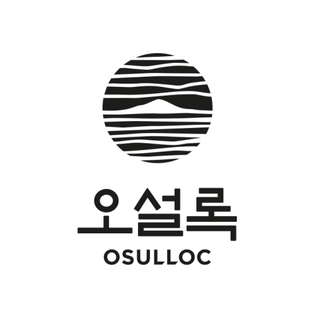
O'Sulloc Tea is a traditional Korean tea manufactured and sold by the South Korean company O'Sulloc. The company was founded in 1979 by Suh Sung-hwan. O'Sulloc Corporation was established in September 2020 as an independent subsidiary of the Amorepacific Corporation, with 100% ownership. O'Sulloc Tea originates from the cultivated fields on Jeju Island. It is also an internationally recognized brand in other countries such as China, Japan, and the United States. O'Sulloc teas consist of a range of black and green teas based on traditional Korean tea culture. O'Sulloc teas have various certifications, and in 2010 were certified with the National Organic Program (NOP) certification by the United States Department of Agriculture (USDA).

Jeju Stone Park is a museum and park that focuses on how stone has culturally been used in Jeju Province, South Korea. It is located in Jocheon, Jeju City, and first opened to the public on June 3, 2006. It was continually constructed until it was completed in February 2021.



















